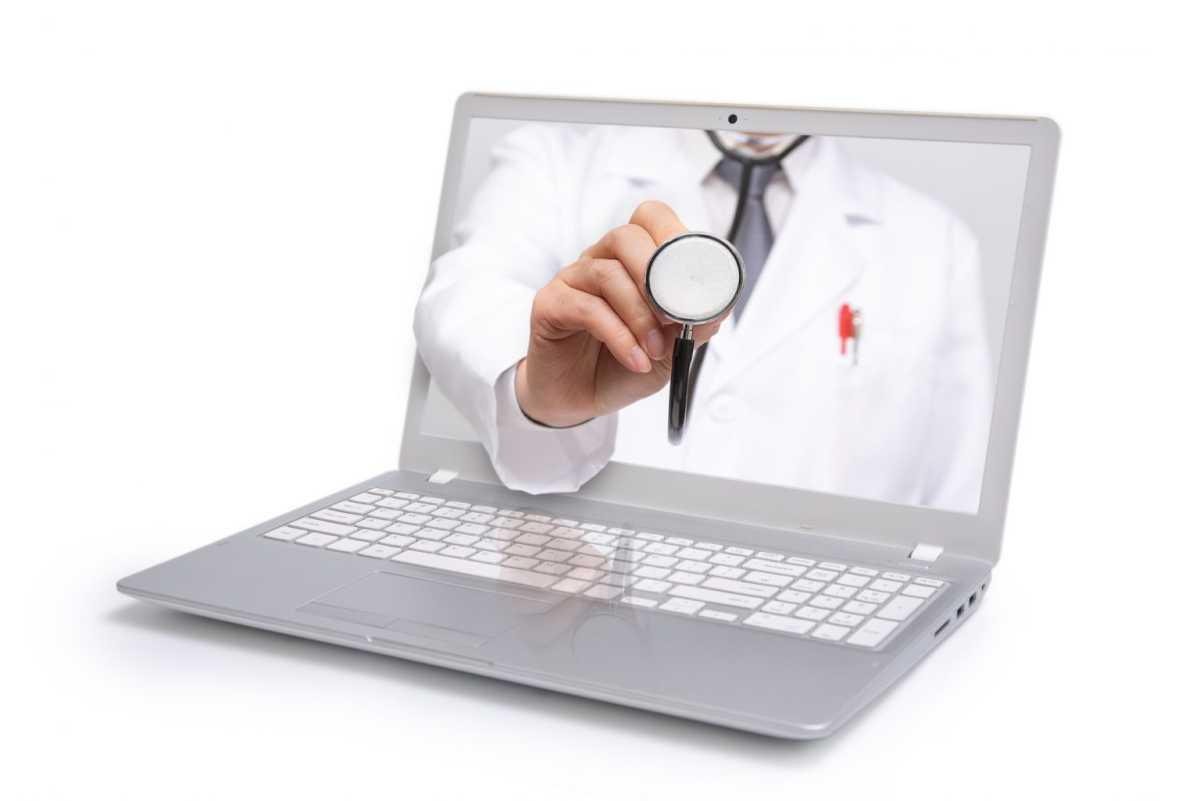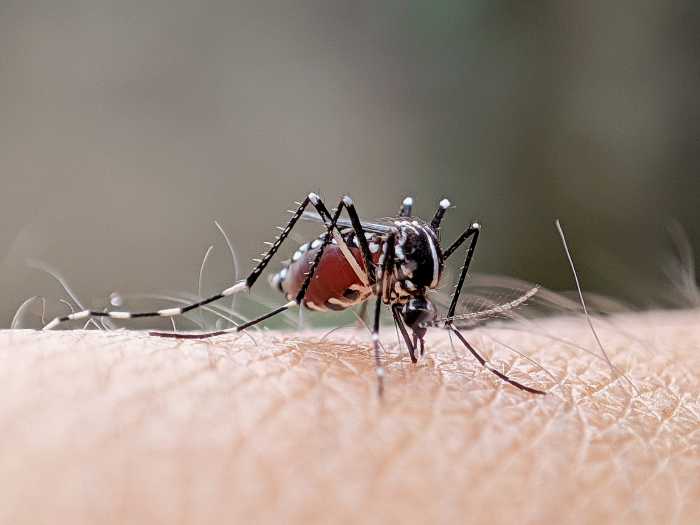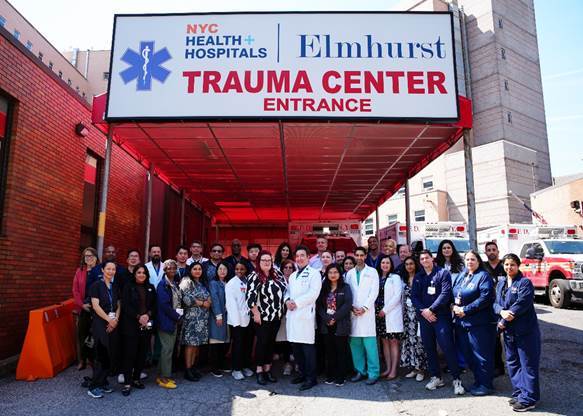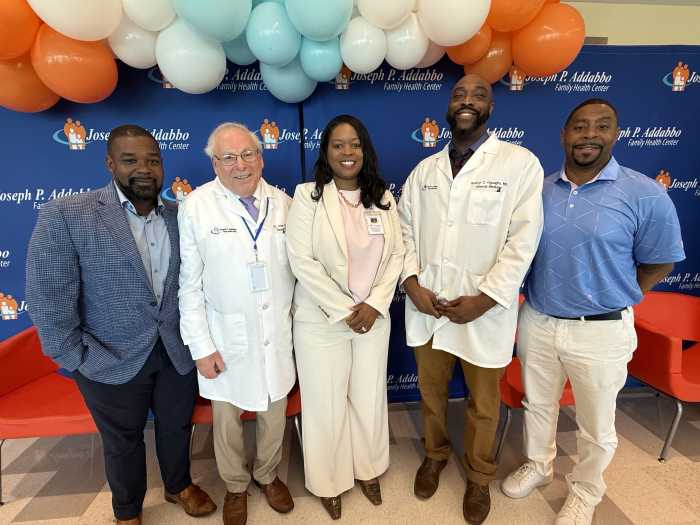In the age of coronavirus-induced isolation, telemedicine is seeing an unprecedented surge in interest as public officials urge people to stay out of emergency rooms and prevent an avoidable strain on hospital staff and resources.
President Donald Trump touted telemedicine and his administration even loosened restrictions on reimbursements for telehealth services through Medicare along with easing rules on patient privacy that have plagued the industry.
Before the coronavirus pandemic, the telehealth service industry was steadily growing. According to Fair Health Inc., the industry saw a 50 percent growth from 2016 to 2017. The industry is still small, though; last year only one out of 10 people used a telehealth service, according to a July J.D. Power survey.
One telemedicine company, Plushcare, reports that revenue is up by 70 percent now from the same time last year. Asthma-related respiratory visits via the platform have jumped by 124 percent over the last few weeks and other respiratory visits are up by 62 percent.
Other telemedicine apps like Amwell, GoodRx and HeyDoctor have also seen a spike in appointments. Since the novel coronavirus landed in the United States, Amwell has seen a 158 percent increase in app usage nationwide and by 650 percent in Washington state, according to Quartz.
Some of the benefits of telemedicine apps are their accessibility, given that one has internet, and cost. First-time doctor visits using Plushcare cost around $99, and $69 for an Amwell appointment. The process also allows for patients to avoid unnecessary steps like taking a urine test before being prescribed an antibiotic.
But telemedicine is not perfect.
According to Plushcare provider Dr. Berliner, some patients find it difficult to navigate the platform on iPhones, iPads or computer screens and have trouble taking photographs to help physicians diagnose things like strep throat. There are limits to what a doctor can diagnose via a screen.
Physicians are also unable to prescribe certain kinds of controlled medications via telehealth devices.
Although a great addition to the medical field, nothing can replace an in-office visit with a physician, Berliner added.
This story first appeared on amny.com.






































